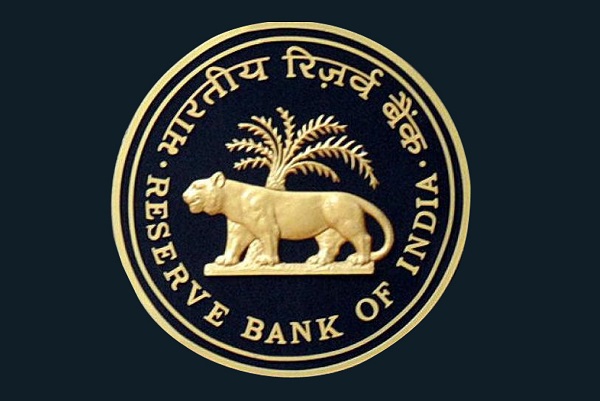Mumbai, The Reserve Bank of India (RBI) has proposed to introduce “Liquidity Coverage Ratio” (LCR) for Non-Banking Financial Companies (NBFCs) with an asset size of Rs 5,000 crore and above.
LCR mandates financial institutions to maintain a minimum level of high quality assets to meet urgent liquidity obligations.
The proposed new norm was made in a draft circular on the “Liquidity Risk Management Framework for NBFCs and Core Investment Companies (CICs)” to be adopted by all deposit taking NBFCs, non-deposit taking NBFCs with an asset size of Rs 100 crore and above, and all CICs registered with the Reserve Bank.
As per the draft circular, the LCR has been set to keep a stock of HQLA (high quality liquid asset) to survive any acute liquidity stress scenario lasting for 30 days.
“With a view to ensure a smooth transition to the LCR regime, the proposal is to implement it in a calibrated manner through a glide path over a period of four years commencing from April 2020 and going up to April 2024,” the RBI said in a statement.
The LCR requirement shall be binding on NBFCs from April 1, 2020 with the minimum HQLAs to be held being 60 per cent of the LCR, progressively increasing in equal steps reaching up to the required level of 100 per cent by April 1, 2024.
Among other new norms, the draft guidelines cover application of “generic ALM (asset liability management) principles, granular maturity buckets in the liquidity statements and tolerance limits, liquidity risk monitoring tool and adoption of the ‘stock’ approach to liquidity”.
Recent developments in the NBFC sector pointed at the need for a stronger ALM framework in the NBFCs.
On May 21, the Reserve Bank’s Central Board decided to create a “specialised supervisory and regulatory cadre” to strengthen supervision over commercial banks, urban cooperative banks and NBFCs.
The financial sector has been facing liquidity crunch ever since the Infrastructure Leasing and Financial Services Ltd (IL&FS) defaulted in its payment obligations, triggering reluctance among lenders to lend to the NBFC sector.
On its part, the RBI has been injecting liquidity through open market operations (OMOs).










